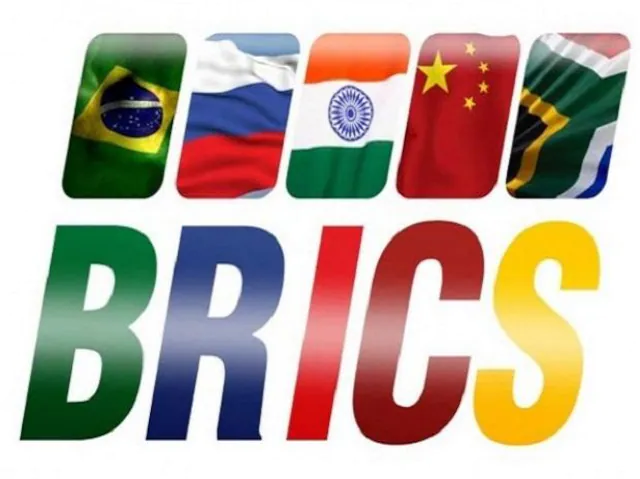If both sides do not fully explore a diplomatic resolution, a military confrontation may occur soon
The current standoff between India and China around Doklam in Bhutan could well turn into a military confrontation unless saner counsel prevails all around. The Chinese have held a live exercise in the Tibetan plateau and made it very clear that Indian withdrawal is a pre-condition for any talks. President Xi Jinping has made cryptic remarks about the Peoples’ Liberation Army defeating “all invasions”. Beijing has also explained its position to foreign diplomats and made it clear that its troops are being patient but will not be so indefinitely. Given the public posturing and rhetoric, it is clear that the Chinese side has said and done too much to pull back without a loss of face.
economy news
India, too, has demonstrated its determination to not let China go ahead with construction of the road on territory that is seen as Bhutanese. The Modi government has explained its viewpoint in an all-party meeting. The main opposition parties have not questioned the government on this issue so far. All of them have publicly stated their support for the government, as it is ‘an issue of national security’. The government has also authorised the army to directly procure the spares, ammunition etc. required for a short war.
If both sides stick to their positions and do not fully explore a diplomatic resolution of the crisis, a military confrontation may become inevitable. As each side weighs its options, it is essential that India carefully assesses the costs and benefits of what may lie ahead if matters deteriorate.
Countries fight wars for military or political reasons. What would be India’s reason if conflict breaks out with China? Have Indian soldiers been sent to Doklam because not halting the Chinese at this point will irrevocably jeopardise the defences of India? If so, a war might perhaps be unavoidable. However, a reflection on the broad military situation is in order here.
The ‘Chicken’s Neck’ bogeyman
In various quarters, it has been said that the Chinese move to build a road in Doklam threatens the Siliguri corridor, which is the lifeline to the seven states of the Northeast. Is this really the case?
For China, any substantial success in the mountains is dependent on opening up a road axis. What is the strategic importance of Doklam from this perspective? Does Doklam give China a road axis to the Siliguri corridor, one which is not available elsewhere? It may be seen that a much better road axis is already available close by, where China is already sitting on a road head. Just a few kilometres from Doklam, the axis is already available: Yatung (Tibet)-Nathu La-Gangtok- Siliguri. China has been bringing convoys on this road up to Nathu La for decades now. The capture of Nathu La will provide multiple options with existing roads – to Gangtok or to Kalimpong – both further leading to Siliguri...... (READ MORE)


No comments:
Post a Comment